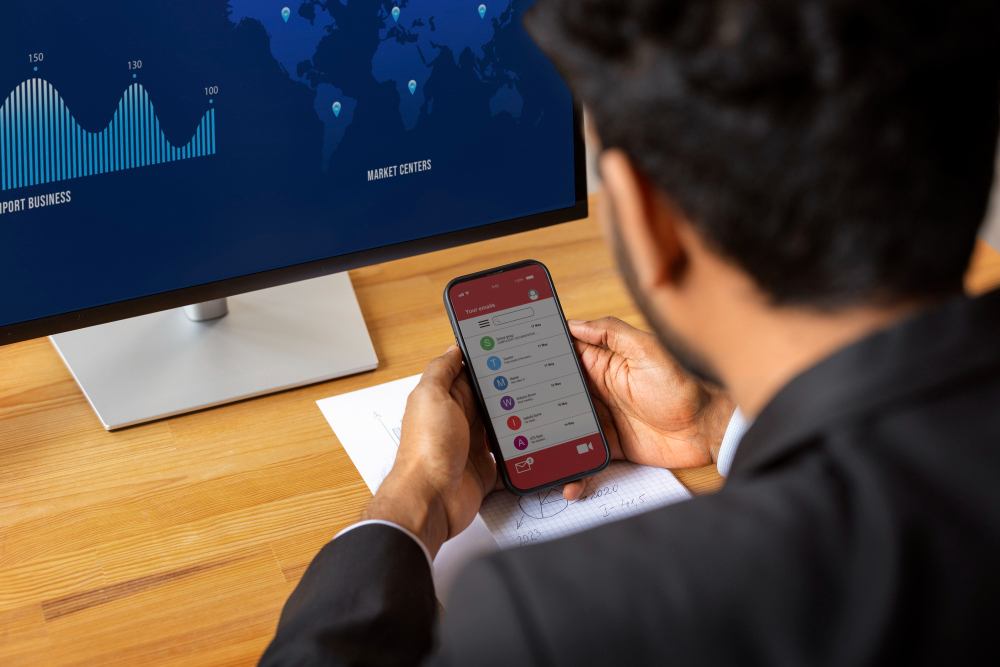The advent of 5G technology is revolutionizing various industries, and marketing is no exception. As consumers increasingly demand faster, more reliable internet connections, brands must adapt their strategies to leverage the capabilities of ultrafast internet. This article explores how 5G technology is transforming consumer engagement, enhancing marketing strategies, and paving the way for innovative approaches to reach and interact with audiences.
Understanding 5G Technology
What is 5G?
5G is the fifth generation of mobile network technology, promising higher speeds, lower latency, and the ability to connect more devices simultaneously compared to its predecessors. With speeds reaching up to 10 Gbps, 5G can support a myriad of applications, from advanced gaming to real-time data analytics.
Key Features of 5G
- Increased Speed: 5G offers significantly faster download and upload speeds, enabling seamless streaming of high-definition content and real-time interaction.
- Low Latency: With latency reduced to as low as 1 millisecond, 5G allows for instantaneous responses, which is crucial for applications like virtual reality (VR) and augmented reality (AR).
- Enhanced Connectivity: 5G can connect a vast number of devices simultaneously, facilitating the growth of the Internet of Things (IoT) and creating new opportunities for marketers.
The Impact of 5G on Marketing Strategies
- Enhanced Consumer Experience
5G technology empowers marketers to create immersive and engaging experiences for consumers. With faster loading times and high-quality streaming, brands can deliver content that captivates audiences.
Example: Augmented and Virtual Reality
AR and VR experiences become more accessible with 5G. Brands can create virtual showrooms, allowing consumers to try products in a digital environment before making a purchase. For instance, furniture retailers can enable customers to visualize how a piece of furniture would look in their home using AR applications.
- Real-Time Engagement
The low latency of 5G allows brands to engage with consumers in real-time. This capability is essential for live events, online gaming, and social media interactions.
Example: Live Streaming and Interactive Content
Brands can host live events and product launches that allow instant viewer interaction. For example, a fashion brand might hold a live-streamed runway show where viewers can vote on their favorite looks in real time, creating a participatory experience.
- Data-Driven Marketing
5G technology enhances data collection and analysis, providing marketers with valuable insights into consumer behavior.
Example: Predictive Analytics
With the ability to process large volumes of data quickly, marketers can leverage predictive analytics to anticipate consumer needs and preferences. This capability allows for highly targeted campaigns, increasing the likelihood of conversion.
- Personalized Content Delivery
5G enables brands to deliver personalized content based on real-time data and consumer behavior.
Example: Contextual Advertising
Marketers can utilize location data and user behavior to deliver contextual ads tailored to individual preferences. For instance, if a user frequently visits coffee shops, they might receive targeted promotions for nearby cafes, enhancing the chances of engagement.
The Role of Social Media in 5G Marketing
- Enhanced User-Generated Content
With 5G, users can upload high-quality videos and images more efficiently, leading to an increase in user-generated content (UGC).
Example: Brand Campaigns Leveraging UGC
Brands can encourage consumers to create and share content using their products, leveraging UGC as authentic endorsements. A travel brand might launch a campaign encouraging customers to share their vacation photos, using a specific hashtag, thereby increasing brand visibility.
- Influencer Marketing Evolution
5G technology allows influencers to produce more engaging and interactive content, enhancing their ability to connect with followers.
Example: Collaborative Live Streams
Influencers can host collaborative live streams with brands, offering real-time interaction with followers and showcasing products in an engaging manner. This approach can amplify reach and drive conversions.
Challenges and Considerations
- Infrastructure and Accessibility
While 5G offers significant advantages, the infrastructure for widespread adoption is still in development. Brands must consider geographic limitations when planning their 5G marketing strategies.
- Consumer Privacy Concerns
As data collection capabilities increase with 5G, so do concerns about consumer privacy. Marketers must navigate these challenges carefully, ensuring transparency and compliance with data protection regulations.
The Future of 5G in Marketing
- Continued Innovation
As 5G technology matures, we can expect continued innovation in marketing strategies. Brands will need to stay ahead of the curve, exploring new ways to leverage ultrafast internet for consumer engagement.
- Integration with Emerging Technologies
The intersection of 5G with emerging technologies like AI, IoT, and blockchain will create new opportunities for marketers. Brands that effectively integrate these technologies into their strategies will gain a competitive edge.
- Shifting Consumer Expectations
As consumers become accustomed to the capabilities of 5G, their expectations will evolve. Brands must continually adapt their marketing strategies to meet these changing demands, focusing on delivering exceptional experiences.
FAQs
- What is 5G technology?
5G is the fifth generation of mobile network technology, offering faster speeds, lower latency, and greater connectivity compared to previous generations.
- How does 5G improve consumer engagement in marketing?
5G allows for immersive experiences like augmented reality, real-time engagement during live events, and personalized content delivery based on user data.
- What are some challenges marketers face with 5G?
Key challenges include infrastructure limitations, consumer privacy concerns, and the need to adapt marketing strategies to leverage 5G capabilities effectively.
- How can small businesses benefit from 5G?
Small businesses can enhance customer experiences, improve service delivery, and compete more effectively by utilizing 5G technology.
- What future trends can we expect with 5G in marketing?
Anticipated trends include the rise of hyper-local advertising, enhanced data analytics capabilities, and greater integration of AI in marketing strategies.
- What ethical considerations should marketers keep in mind with 5G?
Marketers must prioritize consumer privacy, data security, and transparency in their advertising practices as they adopt 5G technology.
Conclusion
5G technology is reshaping the marketing landscape, offering brands unprecedented opportunities to engage consumers. By leveraging the speed, low latency, and connectivity of 5G, marketers can create immersive experiences, drive real-time engagement, and deliver personalized content. As the technology continues to evolve, staying informed about its impact will be essential for brands seeking to remain competitive in a rapidly changing market. Embracing the potential of 5G will not only enhance consumer engagement but also pave the way for innovative marketing strategies that resonate in 2024 and beyond.


















